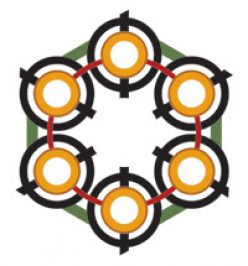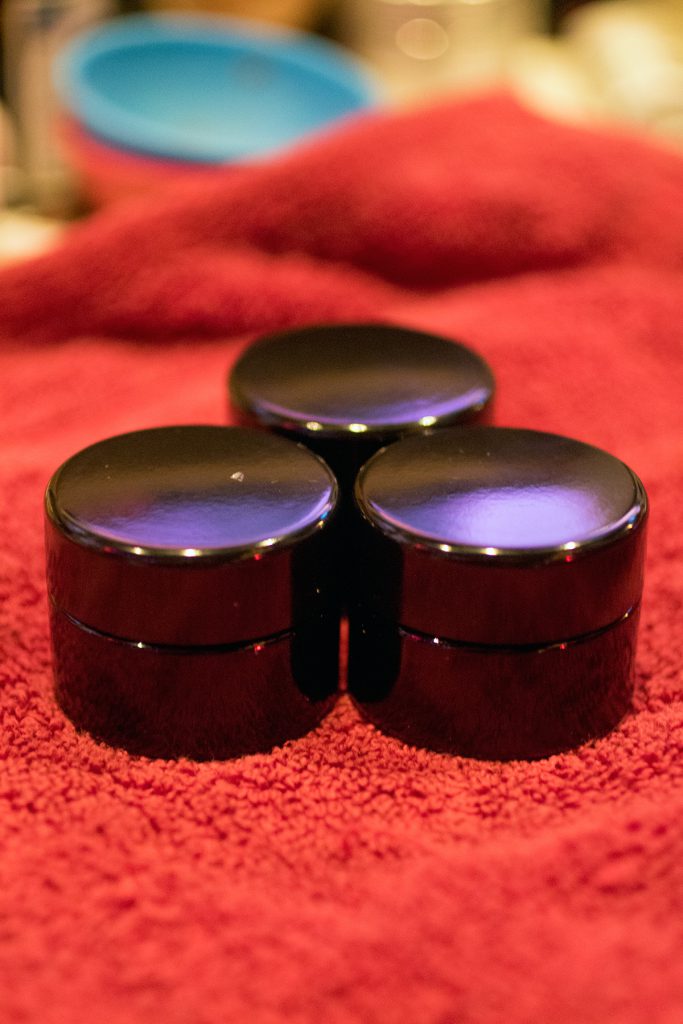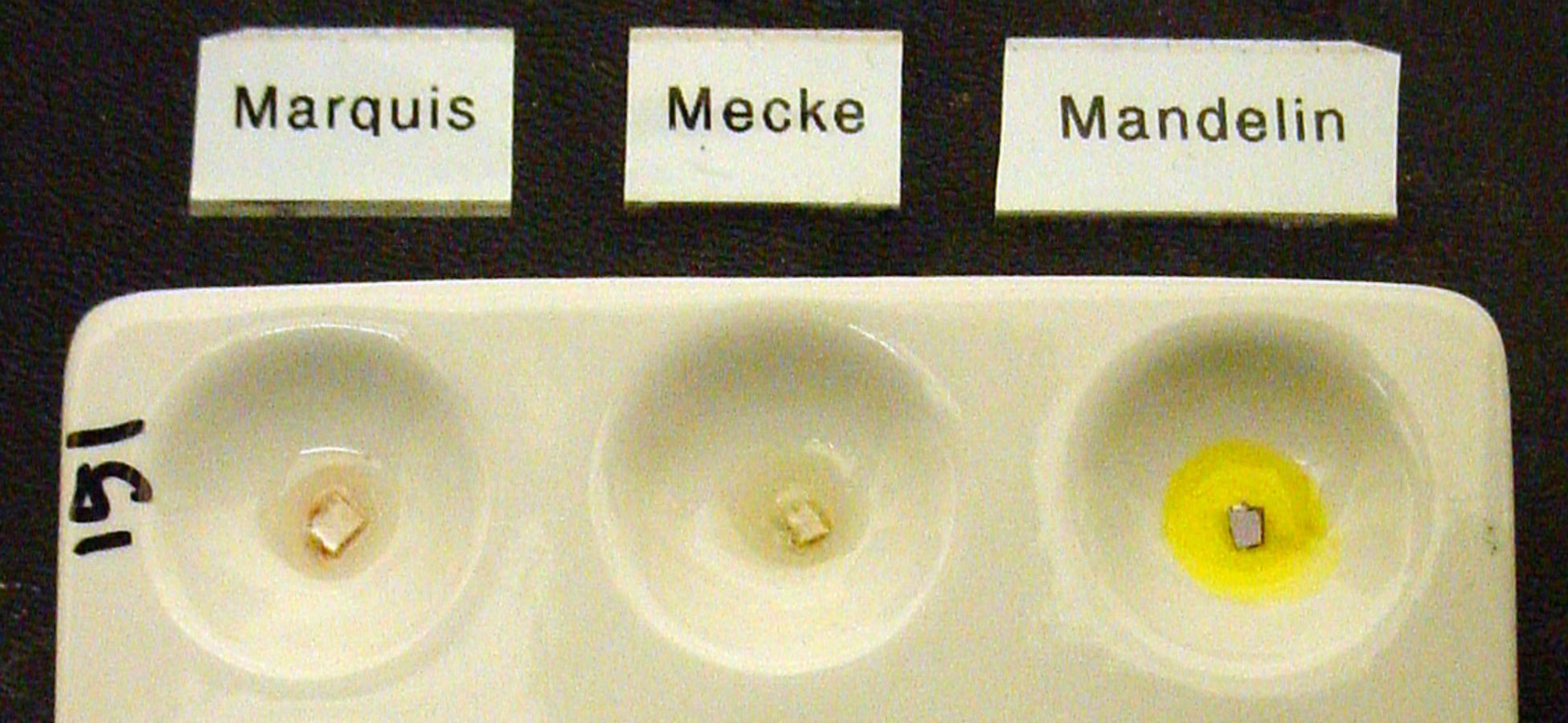In very exciting news, it appears that the DEA may be backing off from their quasi-legal use of civil asset forfeiture for fighting against state and local differences in drug laws.
Read about the news California Cannabis- Civil forfeiture proceedings against the nation’s largest medical marijuana dispensary halted – that Harborside, a major medical cannabis dispensary business in the Oakland, California area, has been fighting for years against forfeiture.
Harborside is one of the few dispensaries Fire and I have toured the operations of and it has remained an important medical cannabis dispensary of the last decade.
Civil asset forfeiture is a tragedy as it has been allowed to evolve in the United States. If you don’t know about it, very simply it’s the use of civil proceedings that do not require the “beyond a reasonable doubt” standards required for criminal prosecutions. The government (usually the police, DEA, FBI, etc) seizes assets with an accusation (not a conviction) that the assets were involved in criminal activity. It makes taking away people’s private property very easy compared to convicting someone of breaking a law.
For years, the Drug Enforcement Administration has been using civil asset forfeiture and threats of forfeiture proceedings to try to keep local areas from changing drug laws. And to punish high profile individuals and businesses in state level cannabis policy change. In the main cases, property owners who rent their buildings to medical cannabis dispensaries in California or property owners who themselves are dispensaries have the DEA come in and try to have the ownership of the real estate or building taken away without any criminal court proceeding.
It’s been a big deal, because most owners of buildings are not willing to spend millions of dollars on legal fees fighting the DEA to protect a medical cannabis operation. So this is one of the many quasi-legal bludgeons the federal drug police have been wielding against those who are complying with state, but not federal cannabis laws.
Excerpt from AP story:
OAKLAND, Calif. (AP) — Federal prosecutors have agreed to drop a nearly four-year effort to seize the property of a California medical marijuana dispensary billed as the nation’s largest, the dispensary’s attorney said Tuesday.
[…]
The federal government’s decision to end the case against Harborside would be the second time in recent months it has backed off a California medical marijuana dispensary. Prosecutors dropped their appeal of a judge’s October ruling in a similar case against the Marin Alliance for Medical Marijuana.
[…]
“We are beginning to see the beginning of the end of federal prohibition,” Harborside’s executive director, Steve DeAngelo, said.




